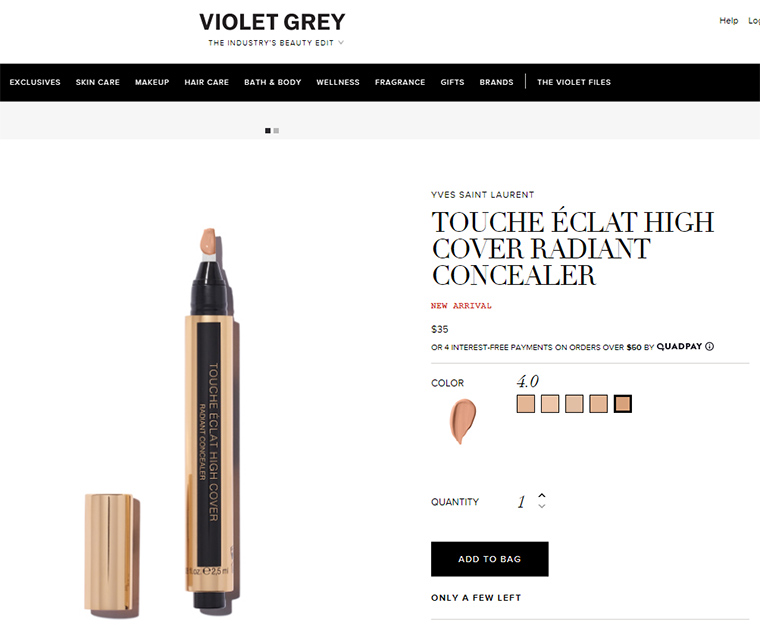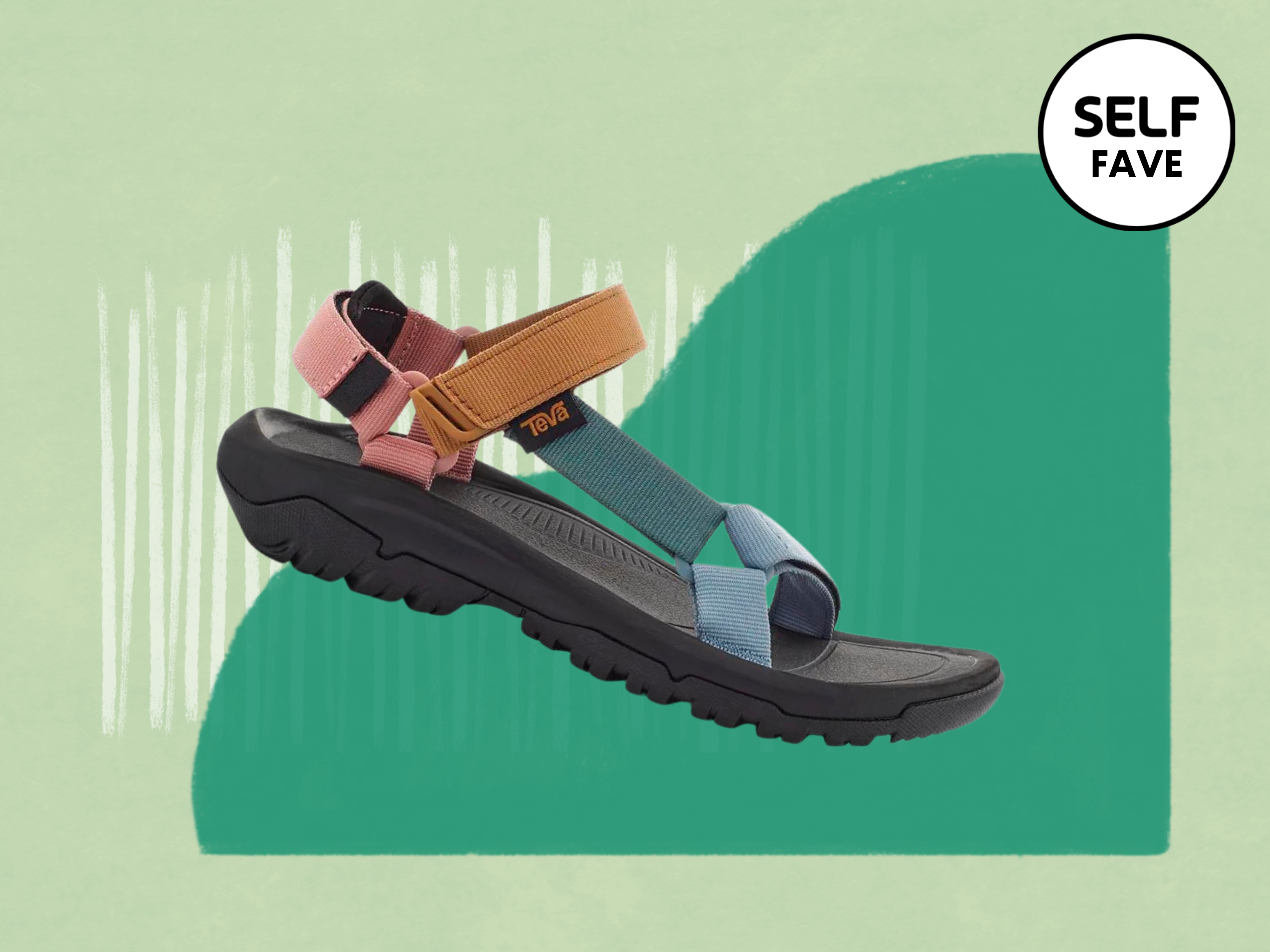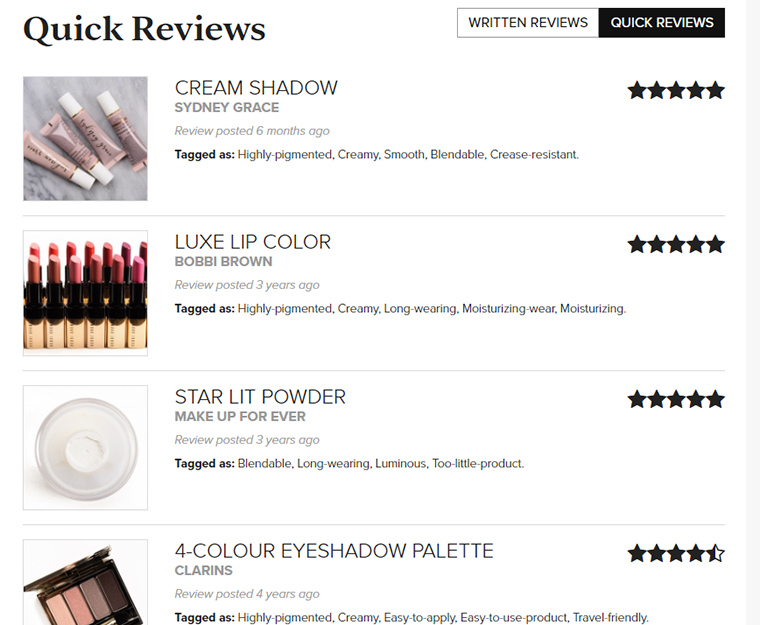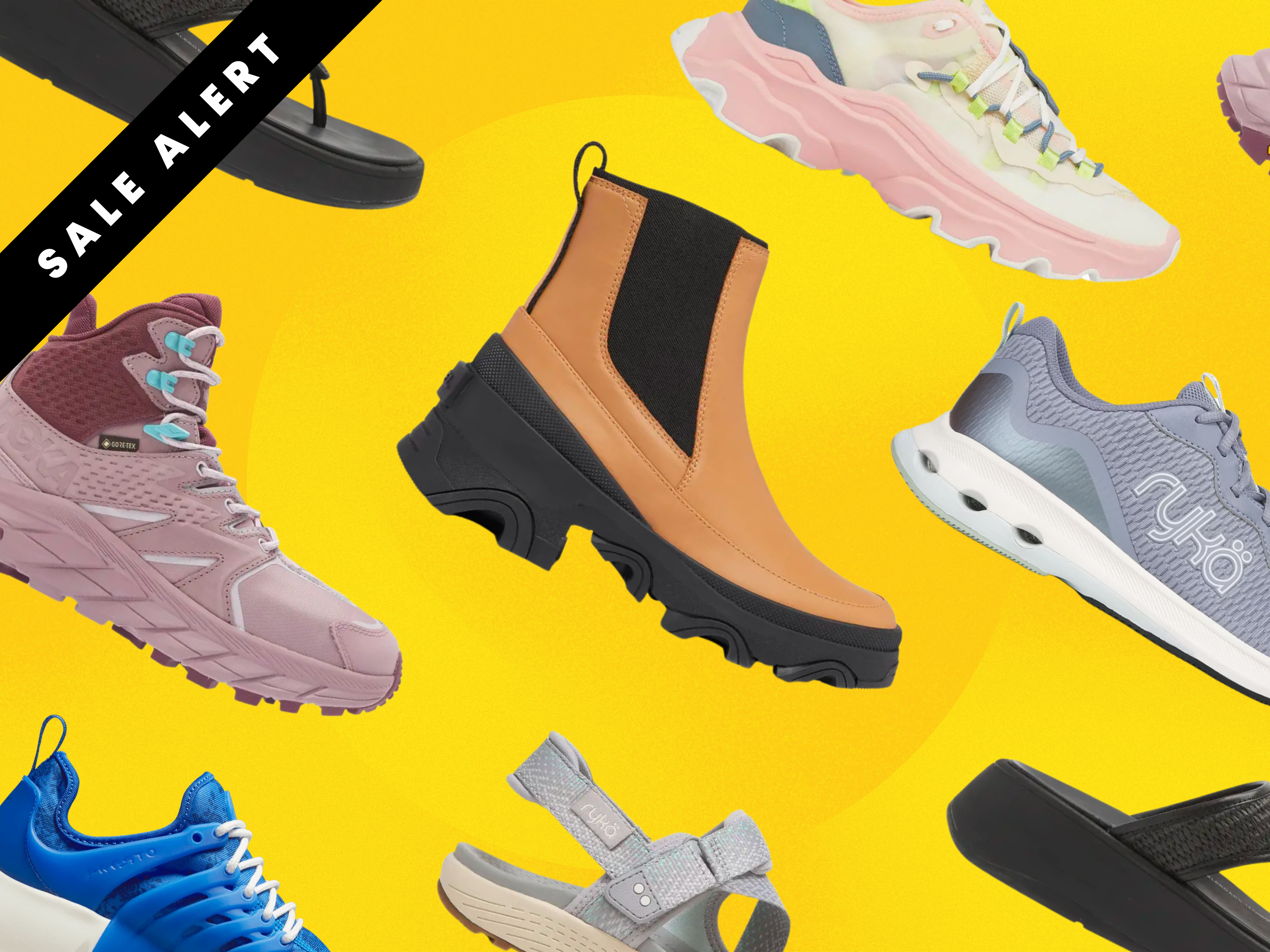First and foremost, consistency is really key in determining whether a brand understands the need for diversity or is only doing it because it gets them marketing points. A brand’s product offerings should address the needs of a diverse community across all of its products, not just foundation or concealer (I feel like we’re starting to see improvement in getting deeper bronzers, but it is slow-going).
The bar is pretty low, so something might be better than nothing, but for all those brands who said they were listening (apparently, all of the many suggestions from the last few decades must not be accessible to read or review!)… here are some ways brands can keep improving in the complexion space to start:
Retailers Need to Carry All Shades
If a retailer is going to carry a product range, they should carry all shades when it comes to addressing the needs of different skin tones. In beauty, given that a lot of consumers purchase through places like Sephora and Ulta, retailers often encourage or discourage brands from doing certain things.
It’s one thing for a brand to release 50 shades of lipstick and retailers to carry 20 that they think will resonate (presuming a good variety of shade depths and undertones) but totally appalling when a brand has 30 shades but a retailer elects to only carry 10 of them.
Update @ 6/5/2020 7:15PM PST: Violet Grey has announced, as part of their larger diversity commitments: “In addition, we commit to stocking all color complexion shades from our current brand partners and will focus on securing wider makeup shade ranges moving forward.”

Retailer Violet Grey makes curation a selling feature–but they do it even on foundation, concealer, and other VERY skin-tone dependent product ranges. Curating the types of products (this foundation formula over that one) or perhaps the top red shades in a lipstick formula may be of value… but the curation of skin-tone color products is baffling. In a timeline where many are advocating and pushing brands for greater shade ranges, and then they deliver, this seems like a retailer who is deliberately reducing shade ranges instead.
Violet Grey carries MAC Face & Body… MAC being one of the long-time leaders in inclusive shade ranges. They carry 10 shades, while the range actually has 13… why are you dropping three shades? What shades did they drop? N7, N9, and C7 — deeper ones, huh! Violet Grey carries nine shades in Giorgio Armani’s Power Fabric Foundation (which is listed as a “new arrival” at the time of this post) when it is a 30-shade range; the deepest shade Violet Grey carries is 10, but the line goes all the way to 15.

I think one of the worst instances I’ve seen is that Violet Grey carries five shades (the deepest being 4.0) of YSL’s Touche Eclat Concealer, which is a range that YSL extended (it’s a cult favorite!) to 15 shades (deepest being 9.0).
I know Ulta carries only 40 shades from PUR’s range of 100, which is marginally more understandable. On the flip side, Physicians Formula has long been known as having very short, limited shade ranges that favor lighter skin tones, but Ulta carries seven shades in their Silk Foundation, but there are actually 12 (which is by no means worthy of applause, of course!). Ulta carries 14 out of 19 shades in Wet ‘n’ Wild’s Photo Focus Dewy Foundation; the missing shades are primarily in the tan/dark classifications (per the brand).
Update Existing Complexion Ranges, Too
I’m always surprised when a brand releases a new foundation with 30 or more shades but will often keep existing ranges the same. There are some brands that have revisited and extended existing ranges, which is a better approach and is actually acknowledging the need for more shades rather than trying to capitalize on having a “diverse” range for a new launch only.
This is especially true for brands that have struggled to have inclusive shade ranges; it would be so much stronger to take the time to extend the shade ranges of current formulas along with any newly-released ones.
Examples:
These are purely looking at number of shades offered, but please keep in mind that it is actually possible to offer 40 shades of poorly done depths and undertones, too, so sometimes more isn’t better.
Higher coverage formulas tend to require more shades due to level of opacity amplifying mismatching; sheerer formulas can have smaller shade ranges because they allow the natural color to come through more and so 40 shades may be unnecessary. This is not always true, though, and it really depends on the formula, finish, and how the shade range is distributed.
It’s more important that brands take care in creating a range of depths and undertones and evenly distributes those shades — 30 shades of light and light-medium and 10 shades of deep is still missing the point.

- Clinique Superpowder (six shades, only up to “Medium”) formulas were quite reduced compared to their liquid foundations (most having 25+ shades); Perfectly Real has 4x Very Fair, 4x Moderately Fair, 2x, Medium, and 1x Deep shades.
- L’Oreal has 40 shades in Infallible Fresh Wear and 38 shades in True Match, but there are only 12 shades in Infallible Pro-Glow and 15 shades of True Match Lumi (Ulta’s shade match recommendations provide six options for lightest skin tones but only two for deep skin tones).
- Maybelline finally extended Instant Age Rewind Concealer to 18 shades but their other top selling concealers have 12 shades, while Face Studio Master Concealer has five shades (the deepest being “Medium/Deep”).
I’ve noticed that a lot of the brands carried at Sephora have 20+ shades in a range, and the majority seem to be consistent across their ranges–not always the same but often reflective of coverage-level (so tinted moisturizers or sheer formulas have less than medium-to-full coverage formulas).
Travel-Sizes in More Shades
It’s always funny when a brand with 40 shades proceeds to offer travel-sizes or sample-sizes of two or three shades. Oh, that’s useful!
Recently, I saw that Tarte offered their Shape Tape in travel-size… across 30 shades, which is the full extend of the full-size range (though this isn’t the case with some of the other travel-sized complexion products, like Babassu Foundcealer, which offers six shades in travel-size–at least they were evenly split across depths–vs. 30 shades in the full-size range). I’ve also seen NARS Radiant Creamy Concealer and Laura Mercier Tinted Moisturizers offered in mini-sizes in the same shade range as full-size.
Here are a few that are missing the point:
- Benefit Hello Happy Foundation offers one, lonely mini in their lightest shade 1, at Sephora.
- Giorgio Armani Luminous Silk offers minis at Sephora, stops at 7.5 whereas full-range has 15 as the deepest shade.
- Urban Decay Stay Naked Concealer offers three shades in travel-size through their site in 20CP, 40NN, and 50CP — but the depths go all the way up to 90.
Improve Descriptions
Brands could help their customers so much more by providing specific descriptions of each shade by depth (lightest to deepest), undertone (not just warm vs. cool but is it pink, yellow, olive, neutral, red, peach, etc.), and strength of that undertone (“warm yellow” or “neutral, leaning warm” or “very pink”). I have reached out to brands for specific shade descriptions and received the answer, “We don’t have any,” and surely, when the brand created and developed the shades, there was something written down with respect to what each shade was supposed to be…. no? There should be!
Stop Calling Shades Nude
Seriously, let’s leave “Nude” as a single shade name in 2020–why is any single foundation or concealer shade being called nude? This is such an easy thing for consumers to do; as I mentioned previously, nude is a concept, not a color, so it as a shade name or a description doesn’t do an apt job of describing the depth or undertone of a product. There are far too many brands who market certain types of products, say a range of lipsticks, and convey that they kind of understand that nude isn’t one color but then will have a shade called Nude something rather in their foundation range.
Maybe Try Numbers
Typically numbers go from low to high and represent light to deep in depth, and there are some brands who have flipped that and made the lowest numbered shade correspond with their deepest offering, so it doesn’t seem like the perfect solution but by and large, a lot of readers find a numbering system to offer greater insight in how shades are arranged in depth and enables brands to add-in undertone information pretty readily while side-stepping a naming minefield otherwise. I mean, hey — MAC’s system still remains a way a lot of people identify their coloring!
Example:
- Pick a numerical range: 10 to 100 or 1 to 40 or 100 to 1000
- Create an undertone system: use letters to convey undertone value, e.g. Y for Yellow or W for Warm (which is not quite an undertone; brands could be way more specific on what they’re trying to sell you given they created it!)
It’s probably a good call to leave room between shades so that shade extensions can be made as necessary, so 10, 20, 30, 40, etc. allows for 12, 26, 34 as necessary. It’ll also save brands from the pitfalls of imbalance in the types of words they use for lighter vs. deeper shades as readers have pointed out… some really have no desire to be referred to as various foods.
Re-Think Fair
As a final note, I’ll say that we need to re-think the usage of fairest (and fair) when we really mean lightest. Fairest/fair has connotations linked to being beautiful (“who’s the fairest of them all?”) and justness, so being tied to very light skin gives us reason to scrutinize its usage more.
Today, I expect that we will update and rollout adjusted skin tone names to reflect that here on Temptalia such that Fairest is now Lightest and other adjustments were made to reflect that. Numbers still need descriptions, so using 1 for deepest or lightest would still require a description (like lightest, medium, deepest) to convey where that number was on the scale, so the step forward today is in adjusting the descriptors.
I want to thank readers who mentioned it on my editorial earlier this week (and also on social media), and I also want to thank my Discord readers who let me bounce naming ideas off of them to try and find a substitute for “fairest” and “fair” — because we already use “light.”
I’d also love to hear from readers and the larger community as to where you’d like to see additional improvement when it comes to complexion product offerings!




